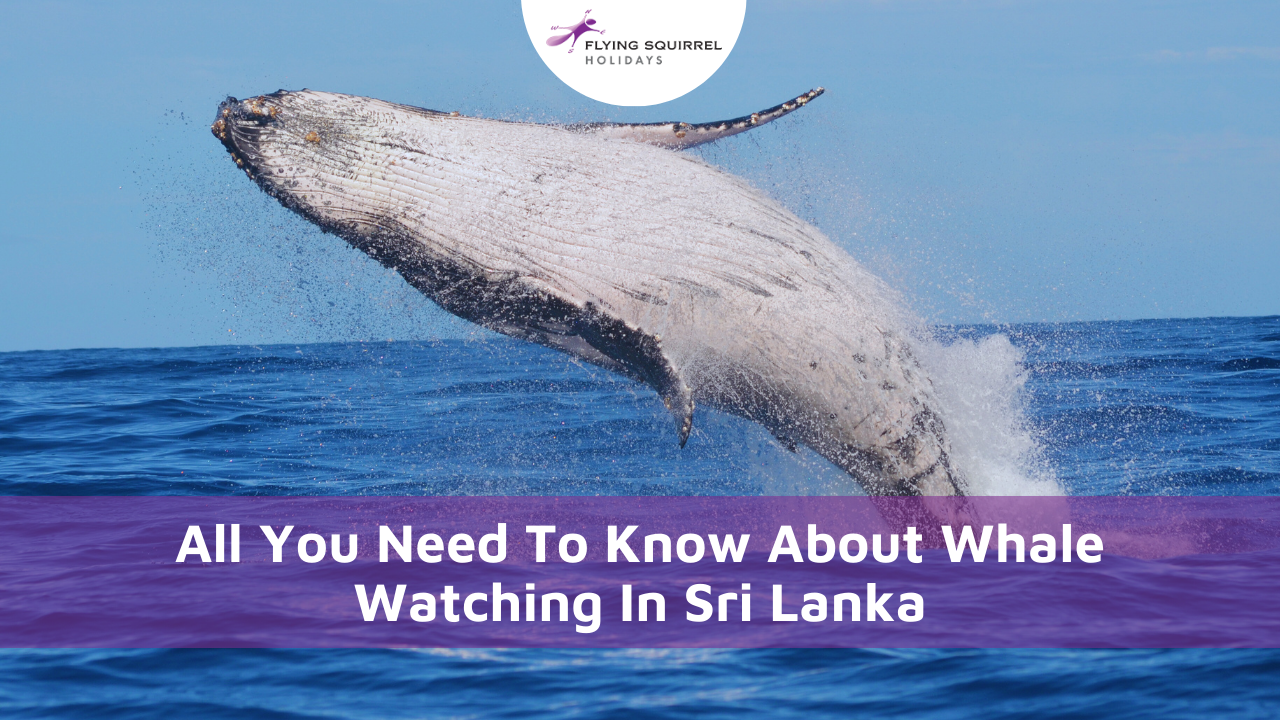
All You Need To Know About Whale Watching In Sri Lanka
Posted on By Blog Admin
A raindrop-shaped gem at the southernmost end of Asia, Sri Lanka is an exhilarating destination for those looking to connect with nature. With rich biodiversity both on land and in the water, the island nation is a nature lover’s dream.
Table of Contents
Whale Watching – Unforgettable Experiences
Whale watching in Sri Lanka is a magical experience. The feeling of seeing the largest animals on earth is unparalleled. Sri Lanka is widely considered one of the best whale-watching destinations in the world.
Why Is Sri Lanka The Best Whale Watching Destination?
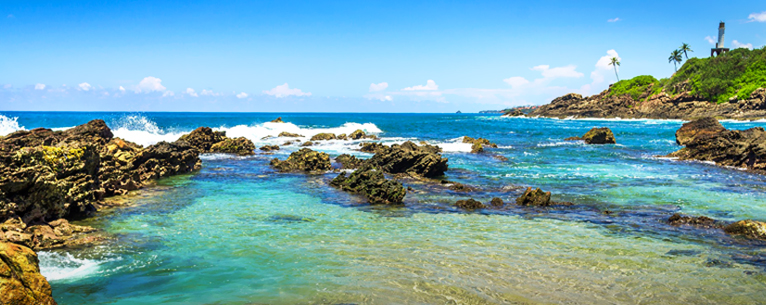
Sri Lanka has a major advantage over other whale-watching destinations for wildlife lovers. It is the only country where you can go whale watching one day and go to see elephants and leopards the next day. If you travel to see wildlife, then Sri Lanka should be at the top of your list.
In Sri Lanka, whale watching is quickly becoming a major attraction. Blue whale encounters and dolphin-watching experiences are highly promoted. Many resorts and hotels along the country’s coasts offer these experiences. This blog will help you to decide how you can go whale watching in Sri Lanka.
Importance of Sri Lanka for Whale Watching
Sri Lanka’s eco-tourism industry has been steadily rising, as travel trends are swinging towards a preference for eco-friendly options. Sri Lanka’s marine ecosystems are rich and teeming with ocean life. Snorkeling, scuba diving, and whale watching in Sri Lanka are some of the fastest-growing categories within this sector.
How Geography Makes Sri Lanka The Best Whale-Watching Destination
The country’s unique location and geography make Sri Lanka perfect for whale watching. The continental shelf around both coasts of Sri Lanka steeply descend into the depths of the ocean. This allows whales to approach the island nation unobstructed, providing visitors with a good chance of catching a glimpse of these magnificent creatures.
Sri Lanka has a prime position for whale watching. The shape of the island and continental shelf under it are perfectly shaped to encourage upwelling along both the eastern and western coasts.
Upwelling?
Upwelling is a process by which dense, colder water from the bottom of the ocean is brought to the surface by various factors. The cooler ocean temperatures motivate whales to swim closer to the surface, making them easier to spot.
A Road Divider For Whales
Another factor contributing to Sri Lanka’s whale-watching reputation is the exact position of the island nation. As the southernmost point of the Asian continent, it is in between three oceans. It almost behaves as a road divider for whales, with the east coast leading to the Atlantic Ocean and Europe, and the west coast leading to the Pacific Ocean, China, and Japan.
Importance of Marine Conservation In The Indian Ocean
Indian Ocean marine life faces many challenges, and protecting oceanic biodiversity is of utmost importance. The oceans are filled with all kinds of unique animals and plants.
However, due to unsustainable practices, many of these species are extinct and even more are facing extinction. Responsible whale tourism helps to fund marine conservation efforts around the planet.
Marine Conservation Worldwide
Marine conservation efforts worldwide have been promising. Recently, the Sri Lankan Government took the decision to shift trading routes slightly, avoiding areas known to be frequented by whales. This is predicted to reduce vessel and whale collisions by 95%.
Populations of certain cetacean species have been trending upward, making sightings more likely. Responsible whale tourism and other economic activities aids in conservation efforts directly, giving all sorts of marine species a new lease on life.
Best Time to Visit Sri Lanka
Though Sri Lanka is a wonderful destination year-round, visitors should aim to avoid both of the monsoon seasons. Located just north of the Equator, there is always a place that is perfect to visit somewhere on the island. Sri Lanka has a unique climate, with two monsoons affecting different parts of the country. This makes choosing destinations complicated for those hoping to see the entire island on one long trip.
Yala And Maha: The Two Monsoons
The major monsoon season, called “Yala”, occurs during the months of May and June, mainly confined to the southern and western parts of the country. The northern and eastern parts of Sri Lanka experience a much weaker monsoon called “Maha” from the months of December to February. During the months of October and November, heavy inter-monsoon rains may occur anywhere on the mainland.
It is of utmost importance to choose your destination wisely, as rainfall patterns are becoming increasingly unpredictable. Rain is usually accompanied by difficult sea conditions, making whale sightings less likely and sailing more dangerous.
The Best Times For Whale Watching
The best time to visit the Galle Coast of Western Sri Lanka is from November to April. This is also when the highest number of whale sightings at Dondra Point are recorded, a promising sign to do some cetacean watching in Sri Lanka. For the eastern part of the country, May to August offers visitors beautiful sunny days and a respite from the humidity.
The best time for whale watching in Sri Lanka is difficult to predict. Whale migration patterns are well known, but their exact migration behavior is unknown. People hoping to see these majestic animals should prioritise their own safety and avoid the monsoon when the seas are rough.
Popular Whale Species in Srilanka
Sri Lanka’s eco-tourism sector has always been a major driver for tourism, with visitors from all over the world looking to visit the stunning National Parks, such as Yala and Wasgamuwa. Recently, a shift can be seen with an increased interest in whale watching in Sri Lanka.
Cetacean watching in Sri Lanka is gaining popularity, as these majestic creatures are usually spotted in places such as Iceland and the North Pole. These destinations are not only far more expensive to visit, but also cannot provide the same biodiversity on land.
Blue Whale
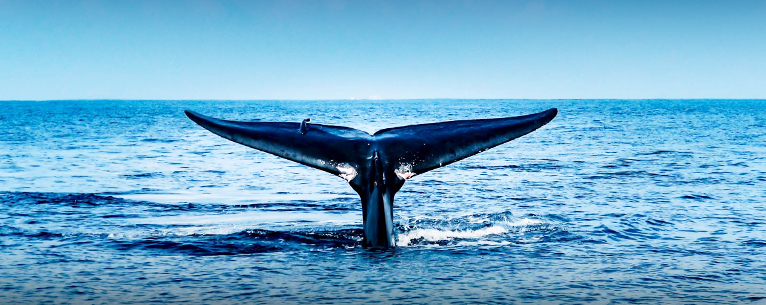
Around the waters surrounding Sri Lanka, whale species of many varieties can be observed. The most targeted species for sightings is undoubtedly the blue whale, the largest known animal to have ever existed. With a heart the size of a four door sedan, catching a glimpse of these gentle giants is an experience no one will forget. While you are enjoying whale watching in Sri Lanka, don’t miss out on the chance to hear personal whale watching stories from the crew regarding their blue whale encounters.
Other Cetaceans In Sri Lanka

Another Sri Lanka whale species is the sperm whale. Minke whales and orcas have also been sighted, however they are very rare in the waters near the coast. Spinner dolphins are a common sight, and are known to thrill whale watchers with their acrobatic spinning jumps as they breach the surface.
Responsible Whale Tourism
Responsible whale tourism in Sri Lanka is complicated for first time visitors. Many hotels and resorts in Sri Lanka advertise whale watching, however they ignore the safety of both the whales and their customers.
Although most whale species are regarded as gentle and harmless to humans, their size alone poses unique dangers. There is extensive documentation of boat motors and propellers injuring and killing whales.
Let Us Find The Best Whale Watching Tours For You!
For exhilarating blue whale encounters and thrilling dolphin-watching experiences, it is important to choose only the top whale-watching operators, practicing sustainable whale watching.
At Flying Squirrel Holidays, we take environmental responsibility in tourism extremely seriously and ensure that our guests only take the services of the top whale-watching operators in Sri Lanka.
Top Whale-Watching Spots in Sri Lanka
The coastline of Sri Lanka is dotted with stunning beaches, enchanting forests and charming fishing villages. Sri Lanka’s marine ecosystems are teeming with oceanic biodiversity. The abundance of whales around Sri Lanka’s coasts is a testament to the vibrant marine ecosystems of Sri Lanka.
What Makes A Great Whale-Watching Location?
The unique features of whale-watching locations are low water temperatures, an ocean depth of more than 800 meters, and weak ocean currents. Sri Lanka is home to three major coastal whale hotspots.
Dondra Point
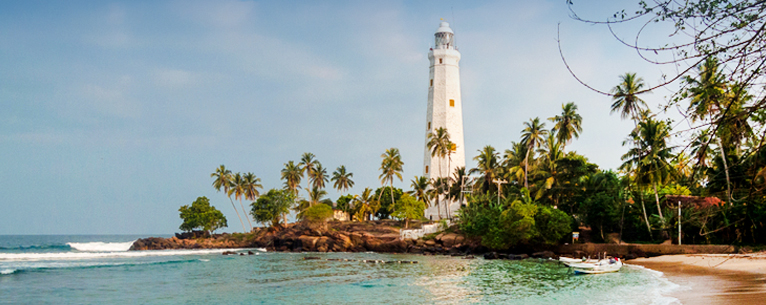
The major destination for whale watching in Sri Lanka is in the vicinity of Dondra Point. Located at the southernmost end of the country, Dondra Point is known for blue whale encounters. Many boats from different ports along the southern coast sail to this area. The most popular places for accessing the waters around Dondra Point are Mirissa, Galle and Hikkaduwa.
For those who are prone to seasickness, there is a stunning headland where the Dondra lighthouse is situated. It is a perfect spot for whale watching in Sri Lanka from land, with a panoramic view of the ocean on clear days. Near the lighthouse, there are ruins of an old Hindu temple and an even older Buddhist Vihara, with fascinating stories of their origin.
Trincomalee
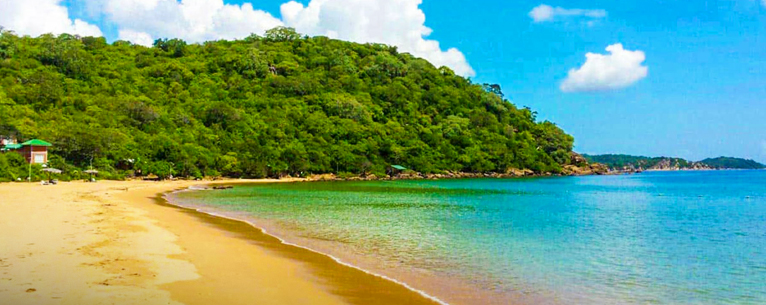
The next major destination for whale watching in Sri Lanka is the northeastern port of Trincomalee. During March, large gatherings of sperm whales can be seen. This is a truly incredible experience, seeing these giants socialising in their natural habitat.
If you would like to see whales but don’t want to go sailing, take a scenic walk to Swami Rock, a headland overlooking the ocean. Trincomalee is also famous for the Koneswaram Temple, and the many stories of its creation, destruction, and revival.
Kalpitiya
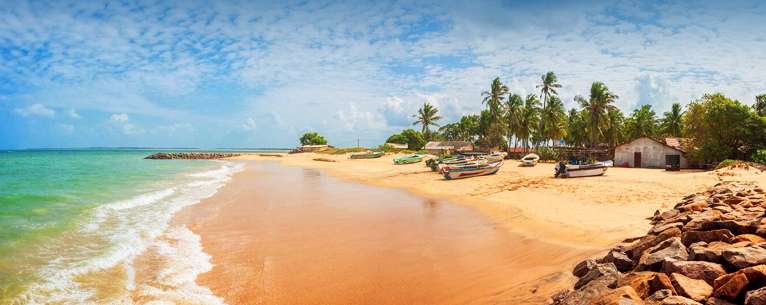
Another incredible destination for whale watching in Sri Lanka is the northwestern town of Kalpitiya. The waters around this stunning town are home to an incredible range of oceanic biodiversity.
Surrounded by corals, this coastal town showcases the stunning beauty of Sri Lanka’s marine ecosystems. The town is best known for dolphin sightings, and there are many dolphin watching experiences both onshore and in the water.
Whale Watching Tours and Operators
With the development of Sri Lanka’s eco tourism industry, whale watching in Sri Lanka has become a major attraction. Sustainable whale tourism is important for everyone, as whales Whale watching tours in Sri Lanka take place throughout the year.
With growing international interest for cetacean watching in Sri Lanka, it is no surprise that there are many tours and operators of different kinds. However, there are a few things that people should be aware of.
Before You Sail
The best spots for whale watching in Sri Lanka are far from the coast, and vessels need to be of a certain size and in good condition to reach these spots. Always ask to see the vessel or a photograph of the vessel that will take you out to sea before agreeing to a tour.
Interacting With Marine Life
Swimming with whales is reserved for those directly engaged with conservation work. No operator practising responsible whale tourism will encourage swimming with whales unless it is for conservation purposes. Swimming will disturb these mammals, and can easily lead to injuries for inexperienced people. Swimming in the open sea is a dangerous endeavour, as ocean currents and waves are unpredictable.
The Best Whale Watching Tour Operators in Sri Lanka
Here are some of the top whale-watchingoperators in Sri Lanka:
Sri Lanka Navy
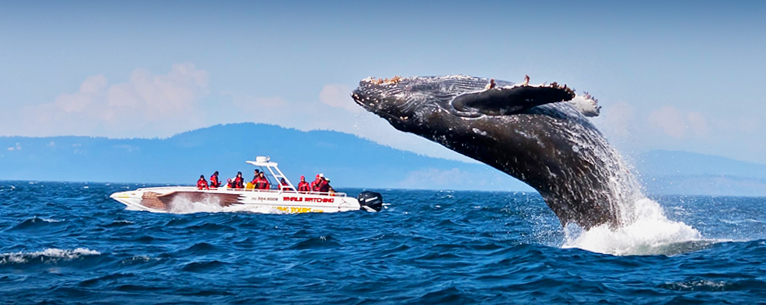
The Sri Lankan Navy operates whale watching tours throughout the year, and their craft is staffed with highly trained captains, divers and lifesavers. Although they do not provide the most luxurious offer, no other tour operator can provide a safety guarantee like the Sri Lanka Navy. They provide tours departing from Galle Naval Base.
Raja and the Whales
Operating since 2009, this family owned operation is known for their sustainable whale watching practises. They operate out of Mirissa Harbour.
Whale Watching Chaminda
Known for excellent experiences and fantastic service, this Mirissa-based company was recently awarded “Traveller’s Choice 2023” for whale watching tours by TripAdvisor.
Whale Watching Club
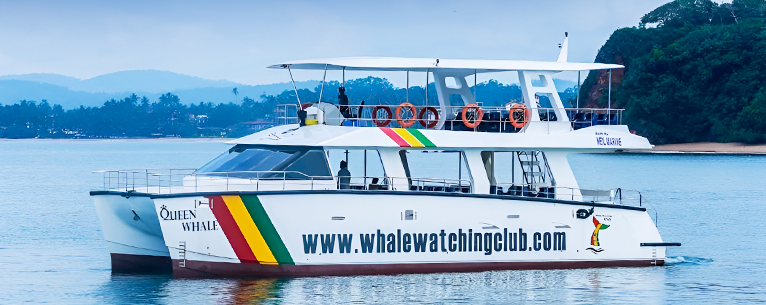
One of the most famous whale watching tour operators out of Mirissa, Whale Watching Club has a long track record of excellent service.
Ocean Lanka Kalpitiya
Based out of Kalpitiya, this tour operator is a favourite among the interactional diving community. Apart from whale watching and dolphin watching experiences, they also offer scuba diving classes and snorkelling.
Trinco Bay Dive Centre
Operating out of the Trincomalee, the Trinco Bay Dive Centre is one of the best diving schools in Sri Lanka. They conduct whale-watching tours frequently.
Whale Conservation Efforts
At Flying Squirrel Holidays, we are committed to environmental responsibility in tourism. Oceans cover 70% of the Earth’s surface and are home to an incredible range of oceanic biodiversity.
Whales: The Keystone Species Of Marine Ecosystems
Whales are considered a keystone species of the ocean. This means that other marine creatures rely on whales for their continued survival. Therefore, protecting the whales of Sri Lanka is necessary for protecting Indian Ocean marine life.
Marine Conservation Efforts in Sri Lanka
Marine conservation efforts in Sri Lanka are showing promising signs. The top whale watching operators all follow the whale encounter standards as prescribed by the International Whaling Commission. These standards are there to minimise harm to both the whale and the vessel in case of an encounter in the open ocean.
Threats To Whales
The major threat to whales is strikes from ships. In a recent move by the Sri Lankan Government, ships approaching the southern coast of Sri Lanka will have to avoid certain areas of the ocean, where whales are known to gather. It is theorised that this shift in course will reduce the chances of ships striking whales by 95%.
Whale watching in Sri Lanka is a vital part of the growing tourism market. It is in the best interest of everyone to support and protect these majestic creatures.
Tips for a Memorable Whale Watching Experience
Whale watching in Sri Lanka is an unforgettable experience. Apart from whales, one can get to see all kinds of Indian Ocean marine life. However, there are things that you can do to ensure that you have an incredible experience whale watching in Sri Lanka.
- Avoid the monsoons – Sri Lanka faces two different monsoon seasons. The major monsoon season occurs during May and June, and a much weaker monsoon from December to February. During October and November, heavy rains are common. During these times, the seas are rough, making whale watching uncomfortable and dangerous.
- Take your snacks – Although most top whale-watching operators offer breakfast and snacks as a part of the package, the length of the tour is unpredictable. Taking your snacks will come in handy, especially if you are traveling with children.
- Take medications for motion sickness – This is the only whale-watching gear tip anyone needs! Motion sickness can turn a dream holiday into a nightmare quickly. Pills for motion sickness are available throughout the world, and it is best that you consult with your doctor for the appropriate medication for yourself.
- Check the vessel before confirming your tour – With the explosion of interest for whale watching in Sri Lanka, many operators are offering these experiences. However, not all of them provide an enjoyable experience. It is important that you choose a vessel with comfortable seating and open viewing decks.
- Choose a reliable travel partner – Planning the perfect holiday is difficult and time-consuming. A reliable travel partner like Flying Squirrel Holidays can make your experience seamless.
Conclusion
Whale watching in Sri Lanka is a magical experience. When visiting this incredible country, it is one of the most memorable activities that you can do. Sailing on the Indian Ocean is an experience to remember, with a wide range of oceanic biodiversity on display.
Environmental responsibility in tourism is the need of the hour. Whale watching and dolphin watching experiences are the best ways to ensure that these majestic animals can have a future.
Flying Squirrel Holidays can make your holiday in Sri Lanka a seamless, hassle-free experience. Our wide network of industry professionals allows us to create unforgettable memories in this beautiful country. Explore and discover the best of Sri Lanka with Flying Squirrel Holidays.